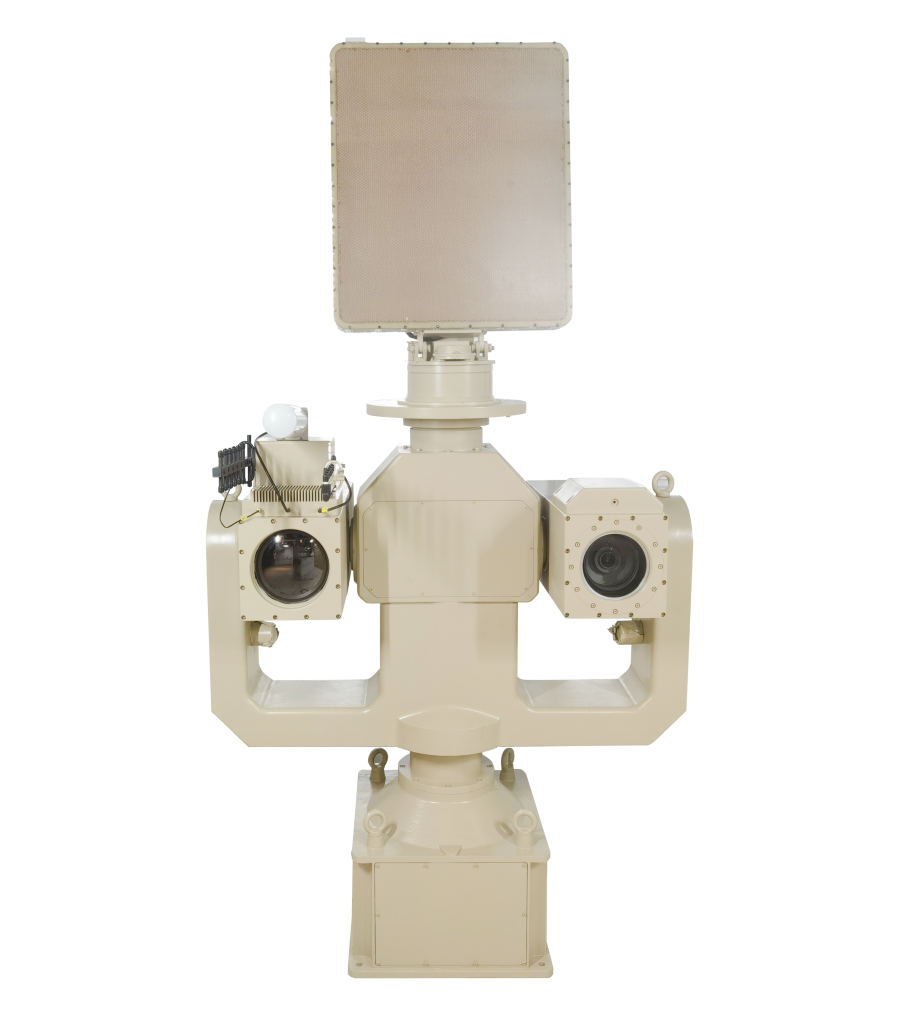Laser anti-unmanned aerial vehicle (UAV) technology achieves hard or soft killing of UAVs by directively emitting high-energy laser beams and utilizing photothermal, photochemical or photomechanical effects. Its principle and application can be deeply analyzed as follows:

I. Core Mechanism of Action and Technical Principles
1.The three dimensions of energy action
The photothermal effect dominates the damage
The photochemical effect precisely causes blindness
The structure of the photomechanical effect disintegrates
2. Full-process operation closed loop
Multimodal cooperative detection
The system usually integrates means such as radar, optoelectronics (infrared/visible light), and spectrum monitoring to build an all-domain perception network.
Dynamic tracking and adaptive focusing
For the 20m/s high-speed target, the system predicts the trajectory 0.3 seconds in advance through the trajectory prediction model and uses the adaptive focusing technology to ensure that the laser beam always locks onto the core area of the target.
Hierarchical response and intelligent decision-making
The threat assessment module based on AI algorithms can distinguish 99.2% of unmanned aerial vehicle (UAV) models and implement a three-level response of "early warning - expulsion - damage".
II. Technical Advantages and Existing Challenges
(1) Significant technical advantages
Cost-effectiveness overturns tradition
The cost of a single laser strike is less than 10 yuan, which is only one ten-thousandth of that of a missile interception. The single launch cost of the British Dragon Fire laser weapon is less than 13 US dollars, while the cost of the Patriot missile intercepting unmanned aerial vehicle is as high as hundreds of thousands of US dollars 710.
Precise strike and zero collateral damage
Continuous combat and rapid response
As long as there is a stable power supply, laser weapons can be launched an unlimited number of times. The US military's LaWS system shot down seven unmanned aerial vehicles in succession during the test, demonstrating a sustained combat capability of 78.
(2) Key Technological Bottlenecks
Environmental adaptability limitation
Rainy and foggy weather can cause the laser energy to attenuate. For instance, on foggy days, the operating range may drop from 1 kilometer to several hundred meters. However, the Xi 'an Zhiyu Cloud system has increased its effective range by 40% under complex weather conditions through atmospheric disturbance compensation technology.
The contradiction between power and volume
High-power laser equipment (such as the 100kW level) is bulky. When the 50kW laser system of the US military is integrated into vehicles, it faces problems of heat dissipation and mobility. However, the emergence of portable devices (such as Russian laser rifles) is breaking through this limitation 910.
Stealth targets and anti-interference
Drones using laser reflective materials may reduce the efficiency of damage. In this regard, the Chinese system has successfully distinguished unmanned aerial vehicles from non-threatening targets such as birds and kites through multispectral feature analysis technology, with a false alarm rate as low as 0.01%1112.
III. Future Development Trends
Miniaturization and portability
Multi-technology integration and collaborative operations
Wavelength optimization and energy efficiency improvement
Summary
Laser anti-drone technology, with its light-speed strike, low cost and high precision, has become the core means of modern low-altitude defense. From military air defense to civilian security, its application scenarios are constantly expanding and technological iterations are continuously accelerating. Despite challenges such as weather adaptability and equipment size, with the increase in power, breakthroughs in miniaturization and the integration of multiple technologies, laser weapons are expected to play a decisive role in future "drone warfare" and reshape the low-altitude safety protection landscape.

